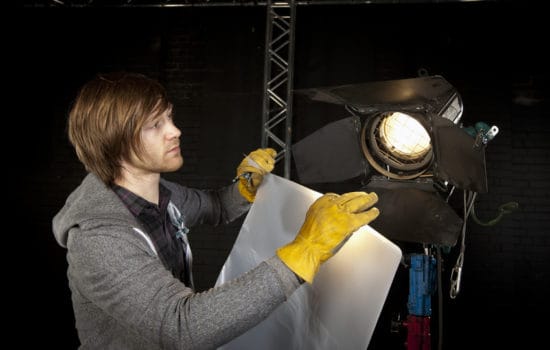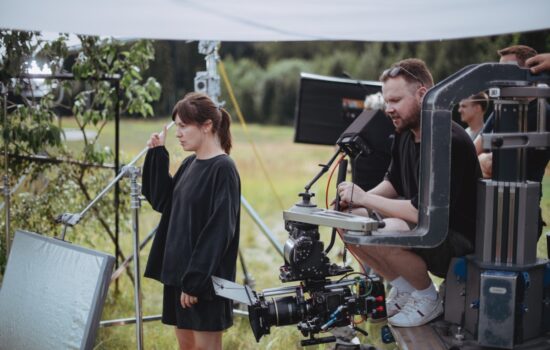Who doesn’t secretly wish they could be standing on the podium when watching the Olympics? Or play the guitar like Hendrix? Same goes with how to write a screenplay. Look to the best to learn and find your artistic path.
How do you start writing a screenplay?
I like to read a bunch of screenplays and watch a bunch of those movies. I think the way I learned to write screenplays was by reading many of them. You can find them online. They’re all different in terms of writing styles and in terms of craft. But all successful screenplays have the same sort of benchmarks, which are good structure, compelling characters, and many twists, turns, and surprises to keep the reader turning the page.
Because screenplays are documents that are sort of blueprints for a movie, they can sometimes be hard to read. They aren’t like novels, plays, or things that flow. They’re broken up by sluglines, pieces of dialog, and descriptions of things that you have to imagine in your head. So when I found ones that were easier to read, I sort of adapted that style of writing. Writing visceral descriptions that are short and make people understand things quickly and vividly is something you learn over time–by doing it a lot and by reading a lot.
Can you write a screenplay with no experience?
Everyone has to start somewhere, so yes, you can write a screenplay with no experience. However, it’s important to educate yourself as much as possible on the craft of screenwriting to better understand how create a script that gets (good!) attention. Some aspects of screenwriting with which to familiarize yourself are structure, characterization, and screenplay formatting.
























